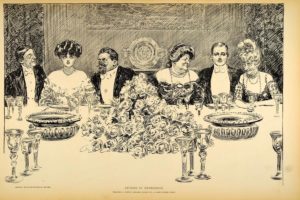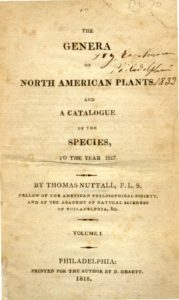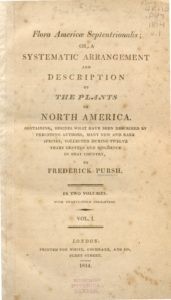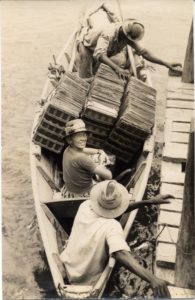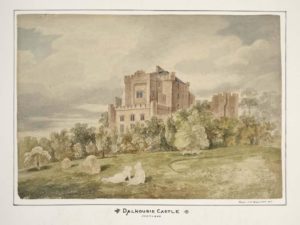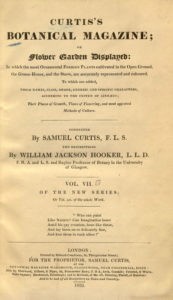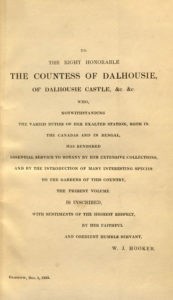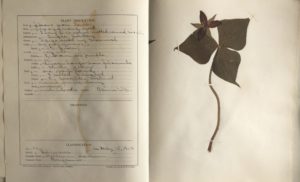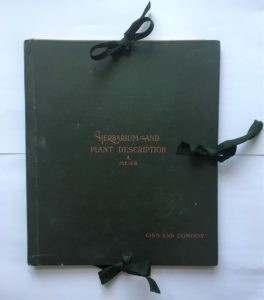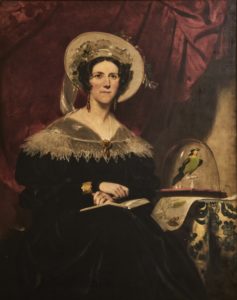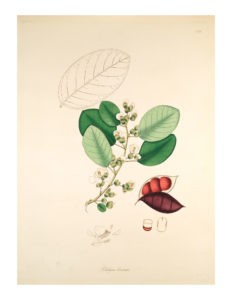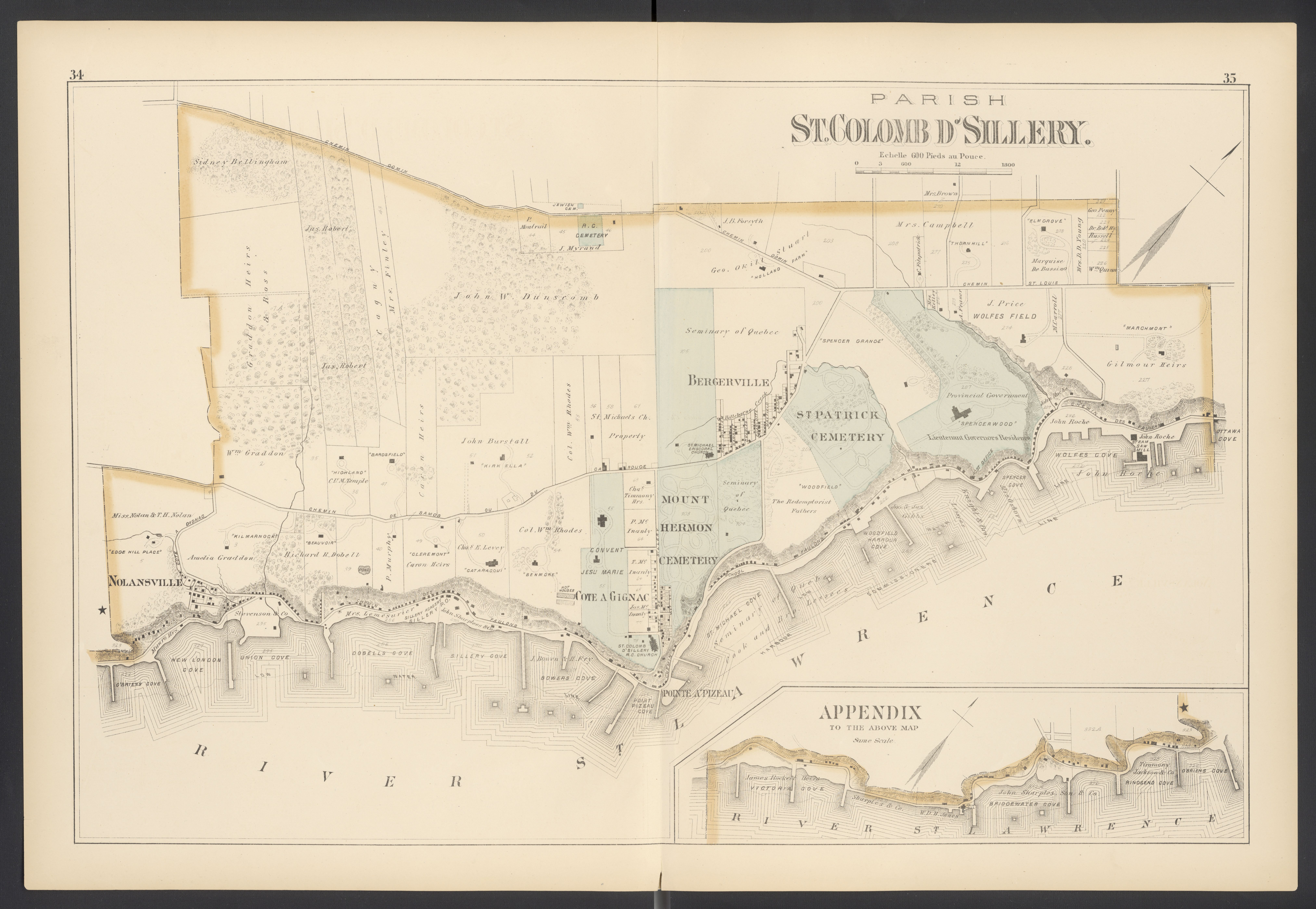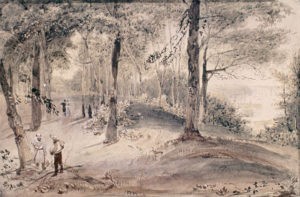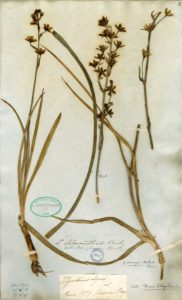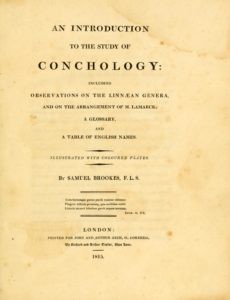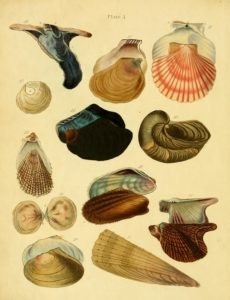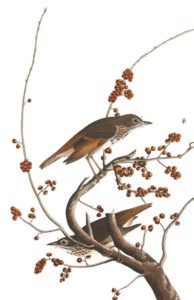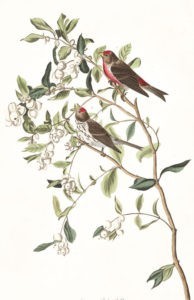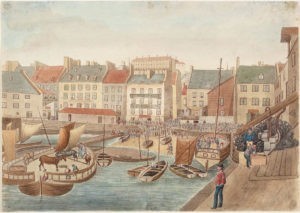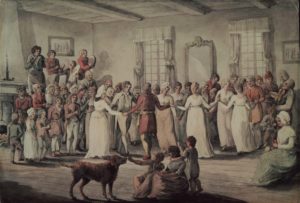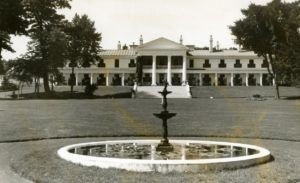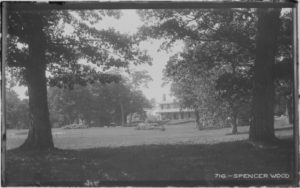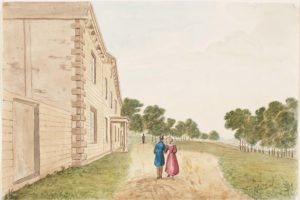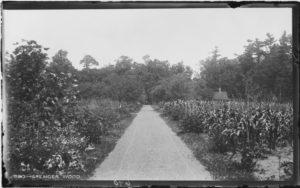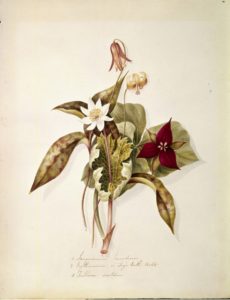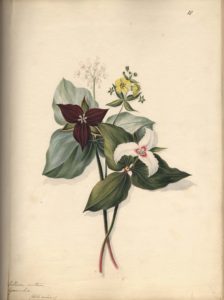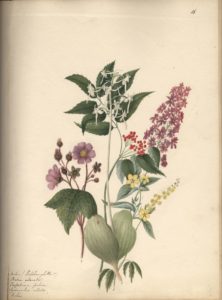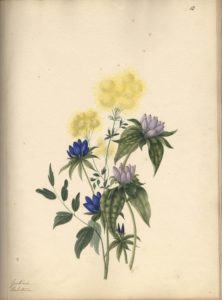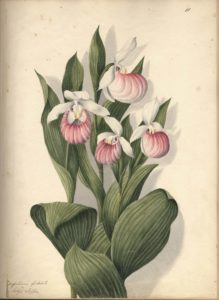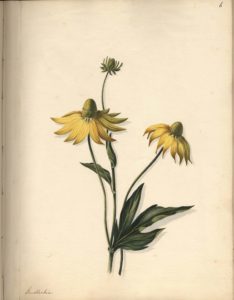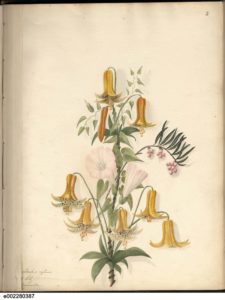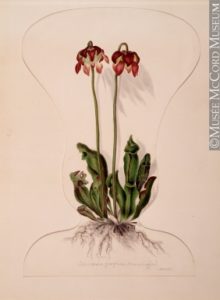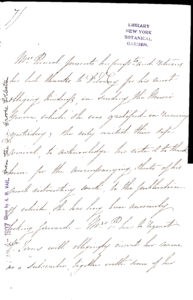In Quebec in the 1820s, three elegant women could be often seen wandering through the woods in Sillery, just past the Plains of Abraham. They were picking ferns, flowers, including native orchids, mushrooms and other wetland plants. This was not to decorate their dinner tables, although all three were famous for their magnificent parties. They first tried to identify the plants, then they sketched them, pressed them and dried them. Their collections of preserved plants were pressed and dried between pieces of paper to create an herbarium so they could study them further. If they thought them very special, they packed them up and sent them off on the next sailing ship to Britain.
Botany also happened to be a desirable feminine accomplishment for British-educated aristocratic women. They read botany books, attended public lectures about plants and corresponded with naturalists.
All three belonged to Quebec’s most aristocratic elites. One was Christian Broun Ramsay, or Countess Dalhousie, wife of Lord Dalhousie who was Governor General of British North America from 1820-1828. She lived in the Chateau Saint-Louis, where the Chateau Frontenac is now.
Another was Harriet Campbell Sheppard, wife of a lumber merchant, who lived at Woodfield, a magnificent estate in Sillery (part of it is now Mount Hermon Cemetery).
The third was Anne Mary Flowers Perceval, wife of the collector of customs for Quebec. She lived next door at Spencer Wood, now the Bois de Coulonge park.
-
Studies in Expression: Showing a newly engaged couple at a large dinner party.
Charles Dana Gibson (1904).
-
The Genera of North American Plants, and a Catalogue of the Species, to the Year 1817.
Thomas Nuttall (1818).
-
Flora Americae Septentrionalis; Or, a Systematic Arrangement and Description of the Plants of North America, Vol. I.
Frederick Pursh (1814).
- Barbara Taylor Hodge (1913–2009), with plant presses (and canoe men) of collections made at Milton Estate, Dominica, 1940. Photo by Walter H. Hodge. Hunt Institute for Botanical Documentation Archives portrait no. 24.
-
Undated watercolour of Dalhousie Castle.
John Elliott Woolford. Toronto Public Library, 902.1.34
-
Curtis’s Botanical Magazine; or Flower Garden Displayed,
Vol. VII, NS (1833).
-
Curtis’s Botanical Magazine; or Flower Garden Displayed, Vol. VII, NS
(1833).
-
Herbarium
(1903). LHSQ Collections.
-
Herbarium
(1903). LHSQ Collections.
-
Portrait of Lady Dalhousie.
Sir John Watson Gordon (1837). Sourced and reproduced with permission from a private collection.
-
Illustration of Podalyria bracteata [later Dalhousiea bracteata].
William Roxburgh, Plants of the Coast of Coromandel, Vol. III (1819).
-
Map of Sillery.
W.H. Hopkins, Atlas of the City and County of Quebec (1879). Bibliothèque et Archives nationales du Québec.
-
Mr. Sheppard’s Villa at Woodfield.
James Pattison Cockburn (1830). Library and Archives Canada, 1989-260-9
-
A herbarium sheet of Carex laxiflora sent by Harriet Sheppard to Kew Gardens (1829).
Kew Gardens, H2005/01448 26
-
An Introduction to the Study of Conchology: Including Observations on the Linnæan Genera, and the Arrangement of M. Lamarck, A Glossary, and a Table of English Names.
Samuel Brookes (1815).
-
An Introduction to the Study of Conchology: Including Observations on the Linnæan Genera, and the Arrangement of M. Lamarck, A Glossary, and a Table of English Names.
Samuel Brookes (1815).
-
Hermit Thrush, Plate 58.
John J. Audubon (1827–1838). John James Audubon Center, Audubon Collection.
-
Lesser Red-Poll, Plate 375.
John J. Audubon (1837). John James Audubon Center, Audubon Collection.
-
Lower Market Place, Quebec from McCallum’s Wharf, July 4, 1829.
James Pattison Cockburn. Library and Archives Canada. Peter Winkworth Collection of Canadiana, R9266-120
-
Dance in the Château St. Louis, 1801.
George Heriot. Library and Archives Canada, 1989-472-1
-
Villa Spencerwood, Sillery (now Quebec), Quebec, Canada (between 1923 and 1939).
Bibliothèque et Archives nationales du Québec, Fonds Ésioff-Léon Patenaude P16, S4, D19
-
Spencer Wood.
Jules-Ernest Livernois (late 19th century). Library and Archives Canada, PA-023553
-
Spencer Wood.
James Pattison Cockburn (1829). Library and Archives Canada, Peter Winkworth Collection of Canadiana, R9266-144
-
Spencer Wood.
Jules-Ernest Livernois (late 19th century). Library and Archives Canada, PA-023538
- Bloodroot, Dog’s Tooth Violet and Red Trillium. Fanny Amelia Bayfield. Library and Archives Canada, 1963-103-75. Donated by Captain Boulton.
-
Trillium Erectum, Lysimachia (Wild Onion).
Fanny Amelia Bayfield. Library and Archives Canada, 1963-103-18
-
Orchis (Blephariglottis), Rubus odorata, Impatiens fulva, Lysimachia ciliata, Orchis.
Fanny Amelia Bayfield. Library and Archives Canada, 1963-103-16
-
Gentianus. Thalictrum.
Fanny Amelia Bayfield. Library and Archives Canada, 1963-103-12
-
Cypripedium spectabile or Lady’s Slipper.
Fanny Amelia Bayfield. Library and Archives Canada, 1963-103-11
-
Rudbeckia.
Fanny Amelia Bayfield. Library and Archives Canada, 1963-103-6
-
Wild Lily Andromeda.
Fanny Amelia Bayfield. Library and Archives Canada, 1963-103-2
-
Epigea repens.
Anne Ross McCord (1850). McCord Museum, M987.158.1
-
Correspondance.
Anne Mary Perceval and John Torrey (ca. 1838–1840). New York Botanical Gardens Archives, John Torrey papers, Series 1, correspondance.
In partnership with
Made possible with the support of

